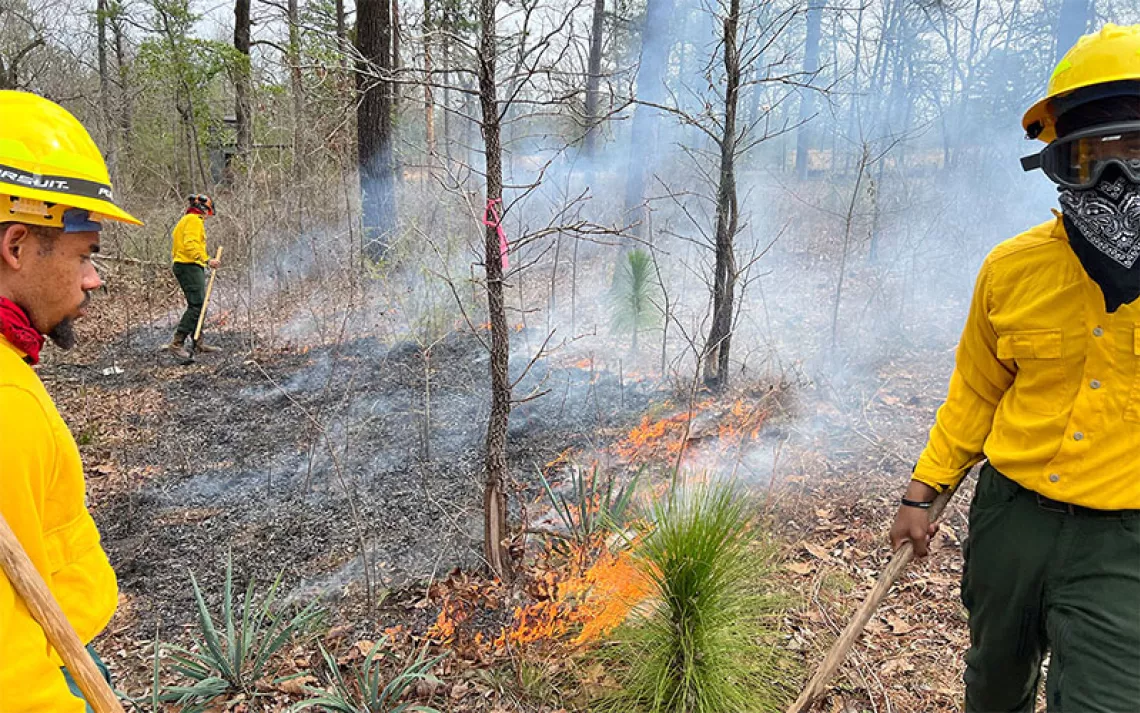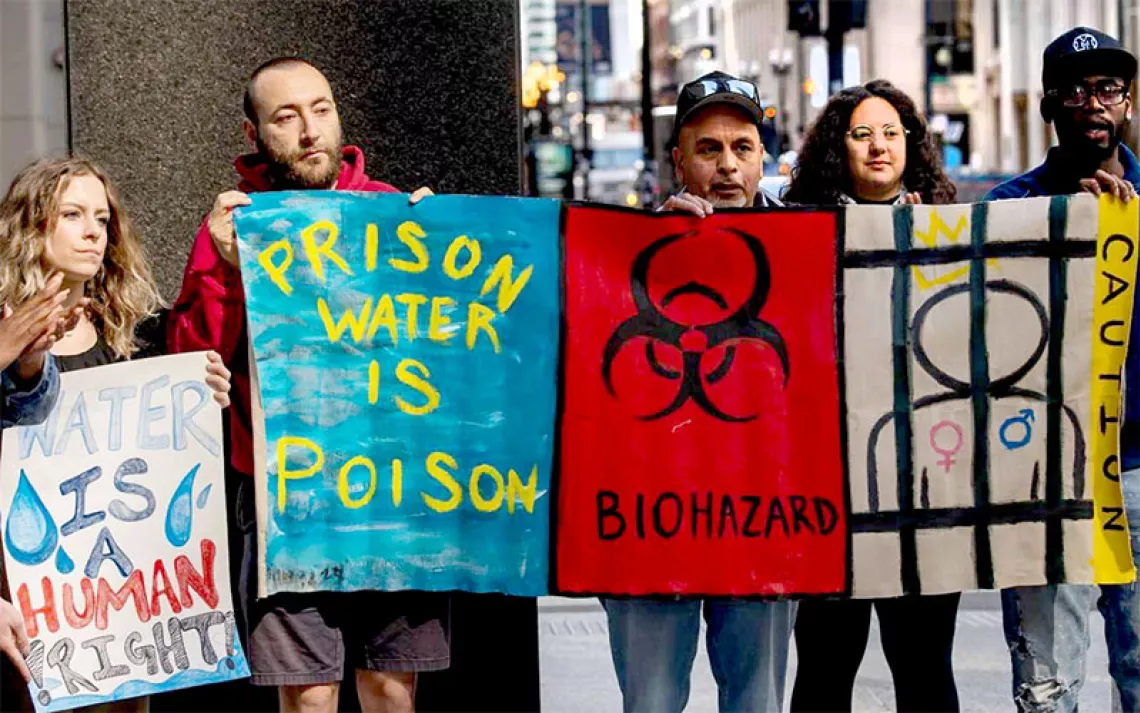Toxic Tents
Some proposed immigrant detention centers are Superfund sites
A draft memo obtained by Time magazine shows the U.S. Navy is making plans to detain tens of thousands of immigrants in “temporary and austere” tent cities that would be built on current and former military bases in California, Alabama, and Arizona. The proposed tent cities are the result of the Trump administration’s “zero tolerance” policy of prosecuting everyone—including asylum seekers—who crosses the U.S. border anywhere other than at an official port of entry. It’s likely that these encampments will be similar to the hastily constructed detention center for children in Tornillo, Texas, but they will house adults and families.
This decision could carry considerable public health risks for individuals or families placed in the proposed facilities. Historically, military bases are places where pollution is a huge problem, because they’re basically giant, decades-old storehouses of weapons, chemicals, and jet fuel. Children housed near areas like this carry a greater risk than adults because of their faster rate of respiration, and because they’re closer to the ground and more likely to be playing outdoors.
Imprisoning would-be immigrants—especially children—goes against United Nations policy, which states that entering a country without immigration papers should not be a criminal offense. “Children should never be detained for reasons related to their own or their parents’ migration status,” Ravina Shamdasani, a spokeswoman for the Office of the United Nations High Commissioner for Human Rights, told the New York Times. “Detention is never in the best interests of the child and always constitutes a child rights violation.”
A few of the sites mentioned in the memo:
Concord Naval Weapons Station, California (Estimated number of refugees that could be held there: 47,000)
Real estate developers have been salivating over this property for years. But more than a decade after what was once one of the oldest weapons storage depots on the Pacific Coast closed, the navy hasn’t turned it over to the city of Concord, because the navy still hasn’t cleaned it up yet. Superfund reports that the soil is full of arsenic, cadmium, and unexploded ordinance.
Camp Pendleton, California (Estimated number of refugees that could be held there: 47,000)
Camp Pendleton has been working to mitigate the hazards posed by several Superfund sites on its grounds since the late 1980s. It tangled with the EPA recently over its water system after inspectors repeatedly found reservoirs contaminated with dead animals and corroding equipment.
Marine Corps Air Station, Arizona (An undetermined number of refugees could be held there)
Like many other WWII-era military bases, the Marine Corps Air Station near Yuma, Arizona, got rid of leftover fuel, paint, and solvents used to degrease machine parts by dumping them directly onto the ground.
Unlike its assessment of the first two sites, the EPA currently considers the soil and groundwater contamination that happened here to be under control at the moment.
Navy Outlying Field Wolf and Navy Outlying Field Silverfield, Alabama (Estimated number of refugees that could be held there: 25,000 people per site)
Not much is known about these two remote airstrips in Alabama, which were also proposed as a site for 2,000 unaccompanied minors back in 2016. It’s likely that this is a place where planes were able to refuel, which means that the soil may be contaminated with jet fuel at levels that haven’t been high enough to draw EPA attention.
Horrific news stories about child-only detention centers can make imprisoning families together seem relatively benign. It’s not—especially when the administration seems to be preparing to imprison families indefinitely. The proposal will isolate asylum seekers from lawyers and other groups offering legal support and humanitarian assistance, and it’s already drawing comparisons to the U.S. internment of Japanese citizens during World War II.
During previous administrations, immigrants who claimed asylum and didn’t have a prior criminal record were released (sometimes wearing ankle monitors) while their case worked its way through the courts. This tent city proposal is not only in violation of UN practices—it’s also very expensive. CNBC estimates that it costs anywhere from $133 to $200 per day per person to keep one adult in detention and $319 per day to detain a family. Health and Human Services told NBC News that it paid $775 a night per child to detain children that ICE had separated from their parents.
While asylum seekers can, theoretically, avoid being detained by asking for asylum at an official port of entry, reports of people seeking asylum being turned away at the border are common. So are stories of people who camp out for days at border crossings, waiting for a chance to claim asylum.
 The Magazine of The Sierra Club
The Magazine of The Sierra Club




